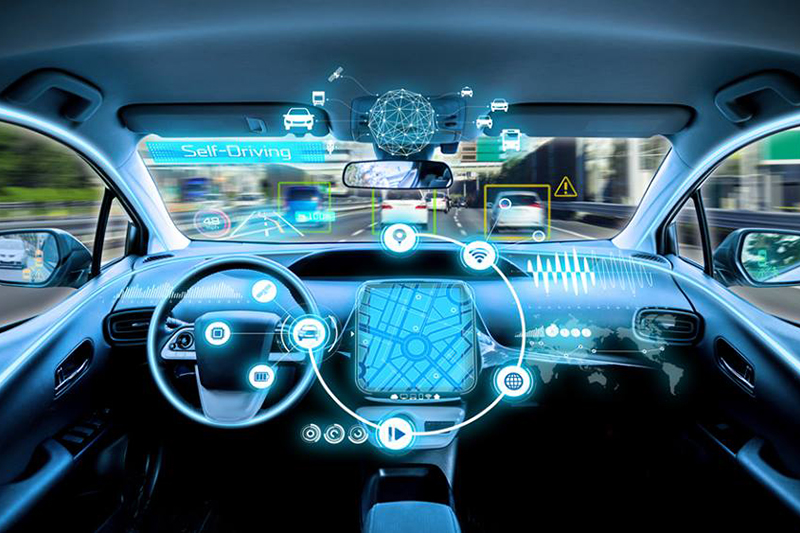-
 Advancing Your Concept by Machinery
Advancing Your Concept by Machinery -
 A Solution fora Sustainable Earth
A Solution fora Sustainable Earth
HOT PRODUCTS
MARKET NEWS
When demand drives innovation, the state of the art can progress quite rapidly, but if the demand is not there yet, the end result is often the proverbial “solution in search of a problem.” One of the most prominent examples of this is the lithium-ion battery, which was developed in the 1970s, but didn’t really achieve commercial success until the mid-90s...
With a fresh round of funding, Wildcat Discovery Technologies is busy expanding its facilities, building up its battery team and doubling down on promising solid-state research projects. We asked the energy storage experts to help clear up the hype around solid-state batteries.
One of the most critical decisions to be made at the earliest stage of designing a new power converter concerns the packages used for the semiconductors, as pretty much every other aspect of the design hinges on their physical form. This is especially true for the main power converters used in EVs—on-board chargers, DC/DC converters and inverters—as there are tight constraints on the size (and cost, of course) allotted to each.









